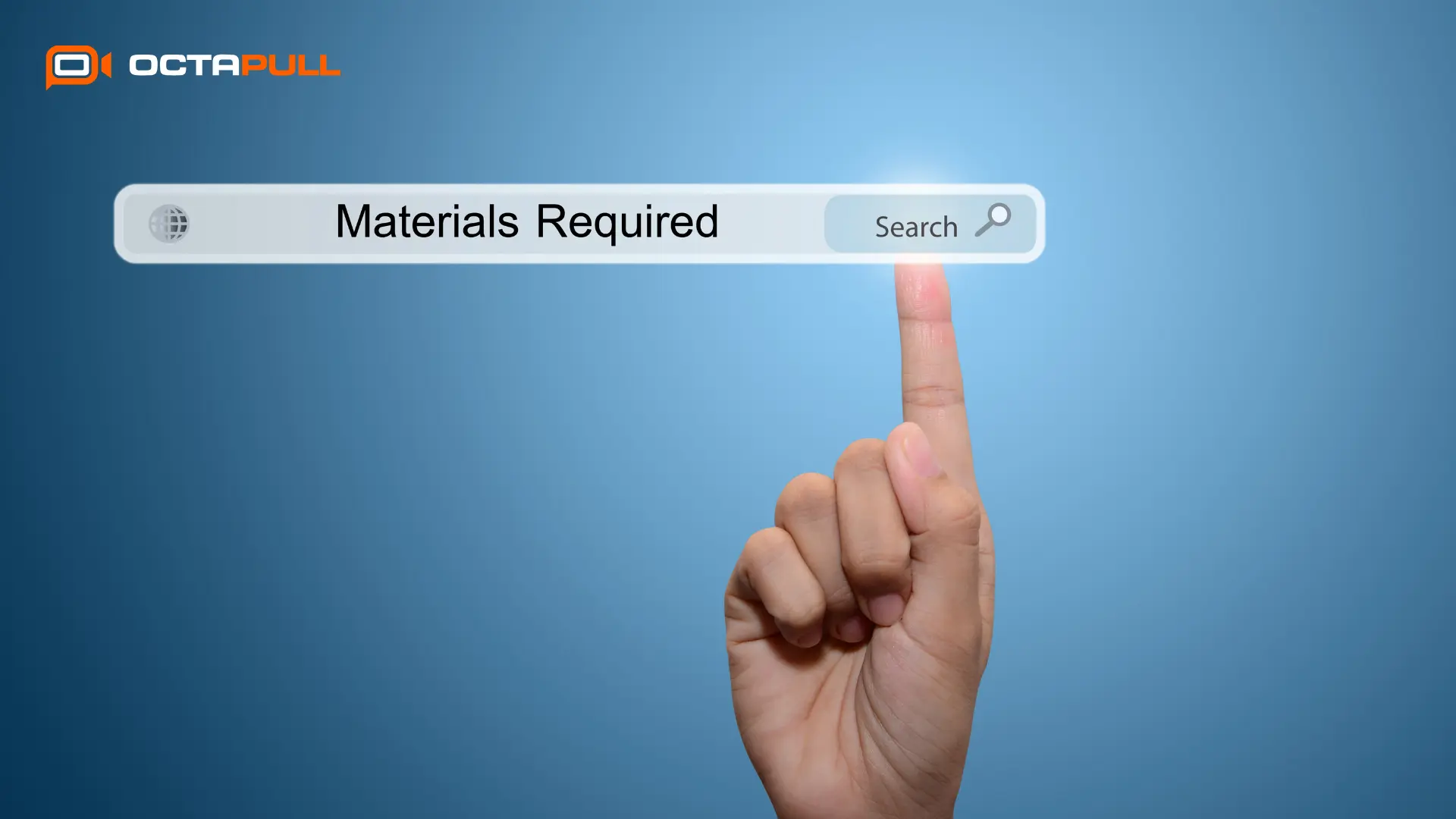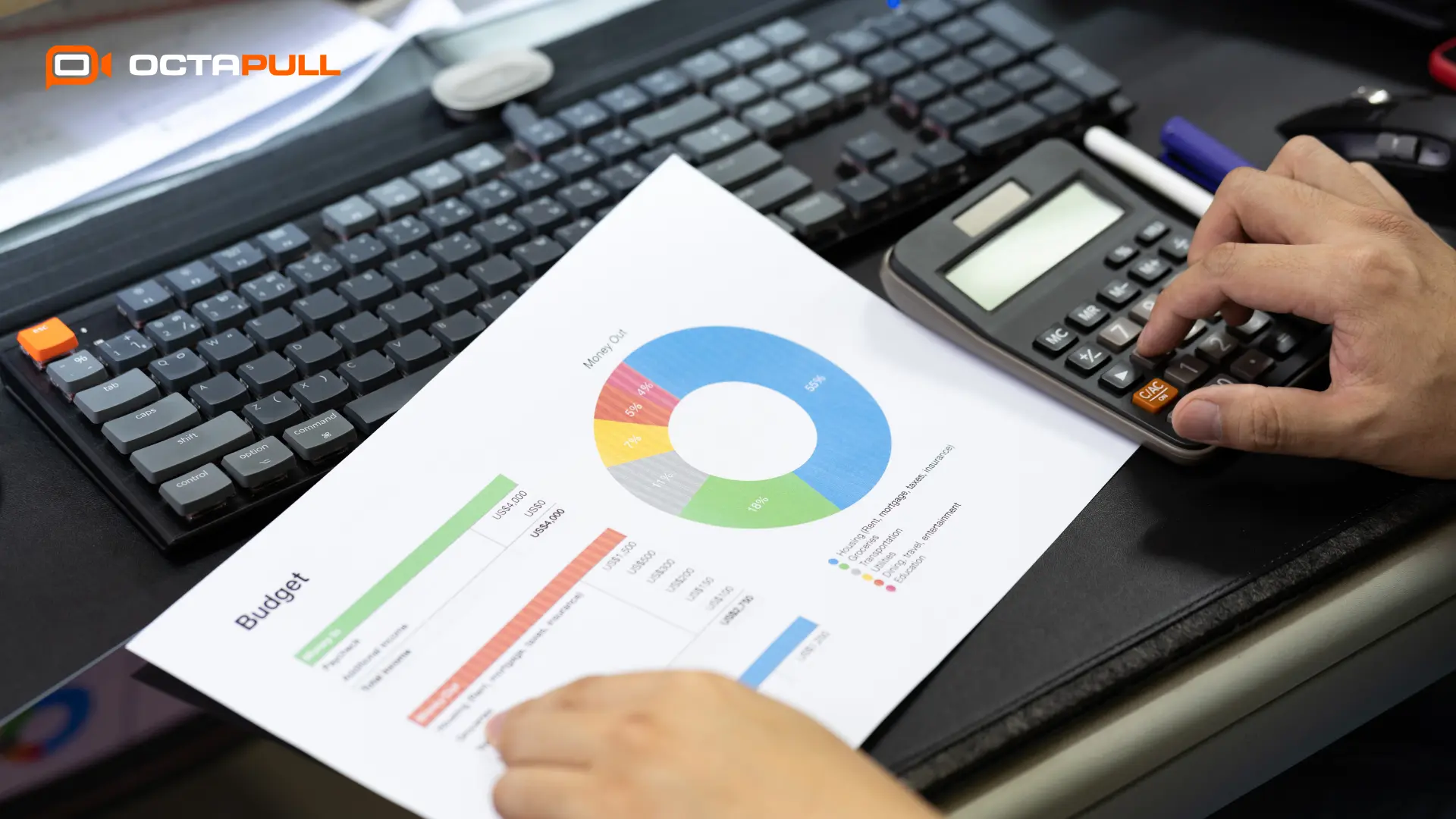In today’s competitive business world, companies strive to optimize their operations in every possible area.
This is especially true in production and supply, where efficiency plays a crucial role. Tracking inventory, managing supply chains, and meeting customer demands can often be challenging.
Without proper planning, businesses risk costly delays or excess inventory. As a result, many teams struggle to maximize profits or respond quickly to changing market conditions.
This is where the MRP system — Material Requirements Planning — becomes essential. It is a powerful tool designed to address these challenges effectively.
In this article, we will explore what MRP is, how it works, and how it can transform your business by simplifying processes, improving efficiency, and driving profitability.
What is the MRP System?
Material Requirements Planning is a software-based system designed to manage and plan the materials and components needed in the manufacturing process. Today, it stands as an essential tool for businesses in production and inventory control.
The primary goal of MRP is to ensure that all required materials are both suitable and sufficiently available, allowing businesses to meet customer demand without interruptions or downtime.
How Does MRP Work?
An material requirements planning system relies on three key inputs:
1. Master Production Schedule (MPS):
Provides clear and accurate scheduling information, specifying when each product should be manufactured.
2. Bill of Materials (BOM):
A complete list of all raw materials and components required for production, offering a detailed overview of what is needed to produce each finished product.
3. Inventory Status Records (ISR):
Data that reflects current inventory levels and delivery lead times, enabling the system to align production with material availability.
By processing these inputs, the MRP system helps businesses answer three critical questions:
- What do we need?
- How much do we need?
- When do we need it?
This framework ensures seamless coordination across operations, helping companies avoid both shortages and excess inventory. This makes it a cornerstone of efficient purchasing and production planning.
The Relationship Between ERP and MRP
You may already be familiar with the term ERP. Essentially, an MRP system is often considered a module within an ERP (Enterprise Resource Planning) system.
While material requirements planning focuses specifically on production planning, ERP integrates all key business functions across the organization. In this sense, it serves as a specialized core for managing materials and production, whereas ERP provides a comprehensive framework for overall business management.
Advantages of the MRP System for Business
An MRP system offers numerous benefits for businesses, extending far beyond simple inventory management. Here are some key advantages:
Improved Efficiency and Productivity
It automates manual tasks such as planning and data entry, saving valuable time. This allows staff to focus on higher-value activities, ultimately enhancing overall business efficiency.
Reduced Inventory Costs
By providing accurate information on stock levels, material requirements planning helps companies avoid overstocking and unnecessary inventory.
This not only reduces storage costs but also minimizes the risk of tying up capital in excess materials. Efficient inventory control ensures businesses maintain the right balance between supply and demand, protecting potential profits.
Better Production Planning
This system delivers a clear, data-driven production schedule aligned with market demands. This prevents bottlenecks and delays, making planning more realistic and operations smoother. Reliable production planning ensures timely delivery and optimized resource use.
Enhanced Customer Satisfaction
By supporting timely production and delivery, MRP strengthens customer trust. A reliable supply chain and prompt order fulfillment directly contribute to a positive customer experience.
Data-Driven Decision Making
These systems provide real-time data and comprehensive reports, allowing managers to analyze trends and identify areas for improvement. This data-driven approach empowers businesses to optimize operational processes efficiently and make informed decisions with confidence.
Which Departments Use the MRP System?
The MRP system is not limited to production alone. In fact, it can be effectively implemented in any data-rich environment. Certain departments, however, have demonstrated particularly efficient and effective use of MRP tools:
Production Department
The primary users of MRP are in the production department. Here, the system supports the creation of detailed production schedules and the management of production orders.
Material requirements planning helps track production progress, plan tasks efficiently, and ensure that all necessary materials are available when needed, minimizing downtime and bottlenecks.
Purchasing Department
The purchasing team relies on MRP to manage procurement activities. The system provides clear guidance on which materials to purchase and when, optimizing supplier coordination.
By leveraging MRP, purchasing departments can maintain strong supplier relationships, secure competitive pricing, and ensure timely delivery of materials.
Inventory Management
Material requirements planning plays a key role in stock control and inventory management. Real-time monitoring of raw materials and finished products allows teams to identify reorder points and maintain optimal safety stock levels.
This ensures that the organization avoids both shortages and overstocking, supporting smooth operations across production and supply chains.
How to Use MRP Systems Effectively?
Adapting an MRP system to your business requires a strategic approach. Implementing a clear plan is essential to fully leverage the benefits of these systems. Below are five key steps to use MRP effectively:
1. Ensure Data Integrity
The performance of an MRP system depends on the accuracy of the data entered. Make sure that order invoices, inventory records, and lead times are correct. Inaccurate data can result in poor planning and costly mistakes.
2. Define Clear Objectives
It is essential to determine your objectives before initiating the process. Would you like to find out how to reduce inventory costs? Would you like to discuss how we can improve delivery times?
Setting specific, measurable goals from the outset helps configure the system to meet your business needs and ensures you gain maximum value from MRP.
3. Integrate with Other Systems:
To ensure optimal efficiency, it is recommended that MRP systems be integrated with other platforms and systems. For instance, incorporating logistics management software into your system will provide a comprehensive overview of your production and supply processes.
This provides a comprehensive overview of production and supply processes and ensures all departments work from the same information.
4. Train Your Team
Extensive training is provided to ensure that users can make effective use of the MRP system. All users in your ECB should have a clear understanding of the system’s functionality and its impact on the output of their role.
Investing in accurate MRP training is an effective strategy to minimize user errors and enhance productivity.
5. Continuous Improvement
It is crucial to regularly review the data and reports generated by your MRP system to maintain a competitive advantage and stay up to date.
Leverage the insights provided by the system to identify potential bottlenecks and optimize your planning processes. The most effective MRP systems are those integrated into a continuous improvement cycle.
In conclusion, MRP systems extend far beyond basic inventory management, offering a robust framework for operational excellence. By optimizing resource management, you can significantly increase productivity and transform your business operations.



